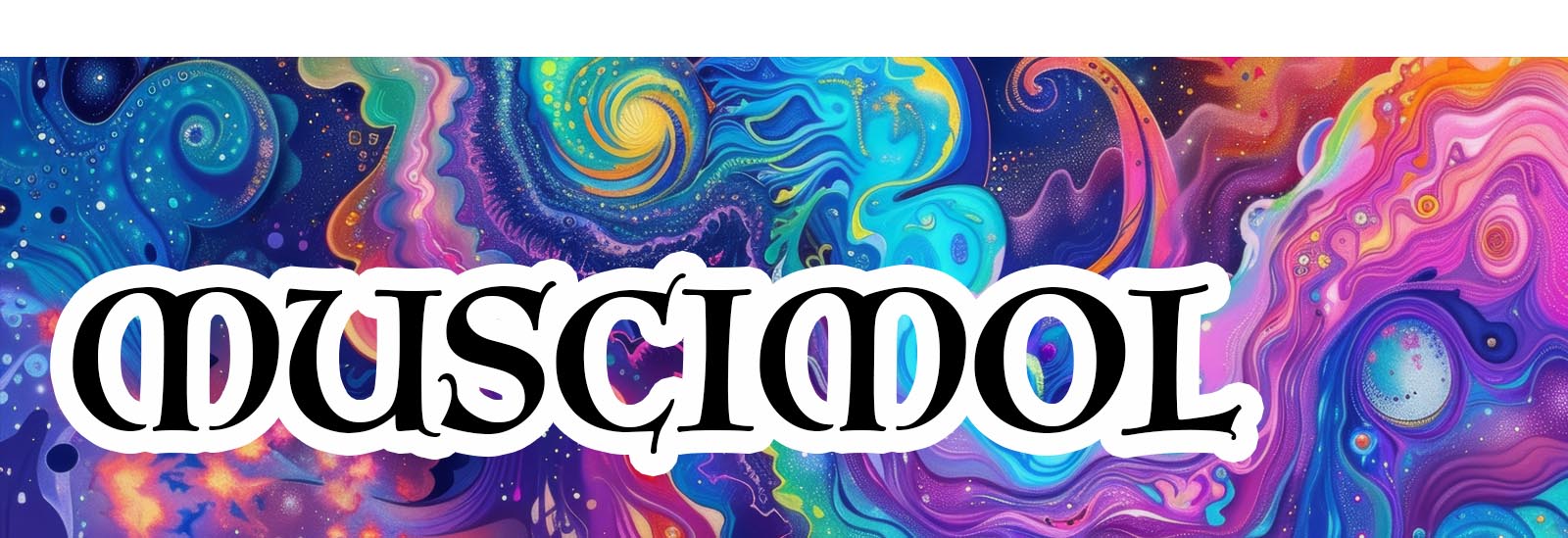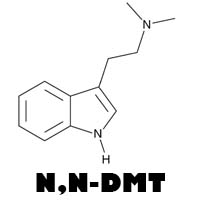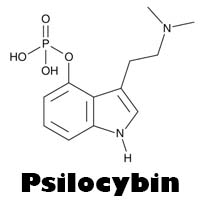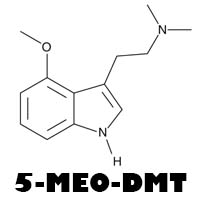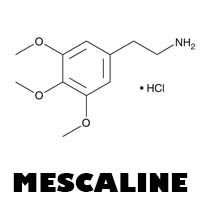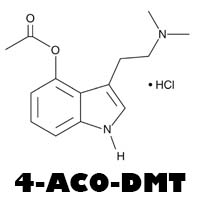History of Muscimol
Muscimol is a psychoactive compound found in the Amanita muscaria mushroom, also known as the fly agaric. This iconic red-capped mushroom with white spots has been used in various cultural and religious rituals for centuries, particularly in Siberia and other parts of Asia and Europe.
The psychoactive properties of Amanita muscaria have been known for a long time, with historical accounts suggesting its use by Siberian shamans to induce altered states of consciousness. In the West, interest in muscimol and its effects grew in the 20th century when researchers began to isolate and study the active compounds in Amanita muscaria.
Muscimol was first isolated in 1964 by the Japanese chemist Takemoto and his colleagues. Since then, it has been extensively studied for its unique effects on the central nervous system. Unlike many other classic psychedelics, muscimol primarily affects GABA receptors in the brain, leading to a different set of psychoactive effects.
Molecular Makeup of Muscimol
Muscimol, or 5-(aminomethyl)-3-isoxazolol, is a naturally occurring isoxazole with the chemical formula C4H6N2O2. Its molecular structure can be described as follows:
- Chemical Name: 5-(aminomethyl)-3-isoxazolol
- Molecular Weight: 114.10 g/mol
- Structure:
- Muscimol contains an isoxazole ring, which is a five-membered ring with three carbon atoms, one nitrogen atom, and one oxygen atom.
- The molecule includes an aminomethyl group (-CH2NH2) attached to the 5-position of the isoxazole ring.
Effects of Muscimol
Muscimol is known for its unique psychoactive effects, which can vary widely based on dose, environment, and individual physiology. Common effects include:
- Visual and Auditory Distortions: Changes in visual and auditory perception, often less intense than those caused by classic psychedelics.
- Altered Perception of Time and Space: Time may appear to slow down or speed up, and spatial awareness may become distorted.
- Enhanced Sensory Perception: Increased sensitivity to light, sound, and touch.
- Emotional Variability: Heightened emotions, which can range from euphoria to anxiety.
- Dream-like Experiences: States of consciousness that resemble dreaming or lucid dreaming.
- Physical Effects: Muscle relaxation, sedation, and at higher doses, motor incoordination.
Typical Dosage
Muscimol is typically consumed by ingesting dried or prepared Amanita muscaria mushrooms. Dosages are measured in milligrams (mg):
- Threshold Dose: 5-10 mg (light effects, subtle changes in perception)
- Low Dose: 10-20 mg (mild to moderate psychoactive effects)
- Common Dose: 20-50 mg (full psychoactive effects, significant alterations in perception)
- High Dose: 50-100 mg (strong and often overwhelming effects)
- Very High Dose: 100+ mg (extremely intense and often difficult to manage)
The onset of effects typically begins within 30-90 minutes after ingestion, peaking at around 2-3 hours, and can last 6-8 hours or longer, depending on the dose and individual metabolism.
Safety and Considerations
Due to its powerful effects, muscimol should be used with caution. It is important to:
- Set and Setting: Ensure a safe, comfortable environment and a positive mental state.
- Dose Awareness: Start with a lower dose to gauge individual sensitivity.
- Presence of a Sober Guide: Having a trusted person who is not under the influence can help manage potential negative reactions.
- Legal Status: Be aware of the legal status of muscimol in your country or region.
Research on muscimol is ongoing, with studies exploring its potential therapeutic benefits, particularly in the treatment of mental health conditions such as PTSD, depression, and anxiety. However, due to its potent psychoactive nature, it remains a controlled substance in many areas.
